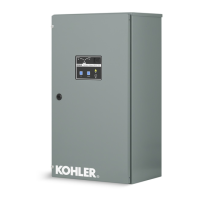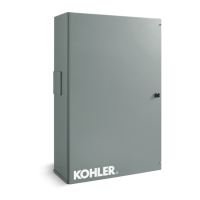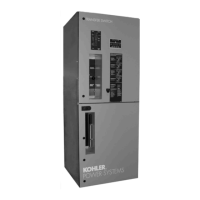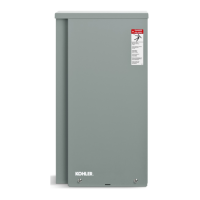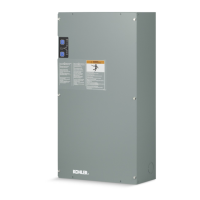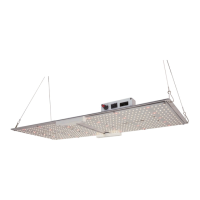Why does the red LED stay on for more than 24 hours on my Kohler KCT MPAC 1000?
- DDavid WellsAug 4, 2025
If the red LED on your Kohler Switch stays on for more than 24 hours, it could be due to several reasons. One possibility is that one or more cells in the battery are defective or damaged, in which case you should load test the battery and replace it if needed. Another reason might be that the charger has reduced its output voltage because of a DC overload or short. Try removing the source of the overload or short, disconnect the charger’s black (NEGATIVE) ring terminal from the battery, and reapply AC power to see if the green LED lights up. Finally, excessive DC equipment drawing too much current could be the issue. Try turning off unnecessary DC equipment while charging.


